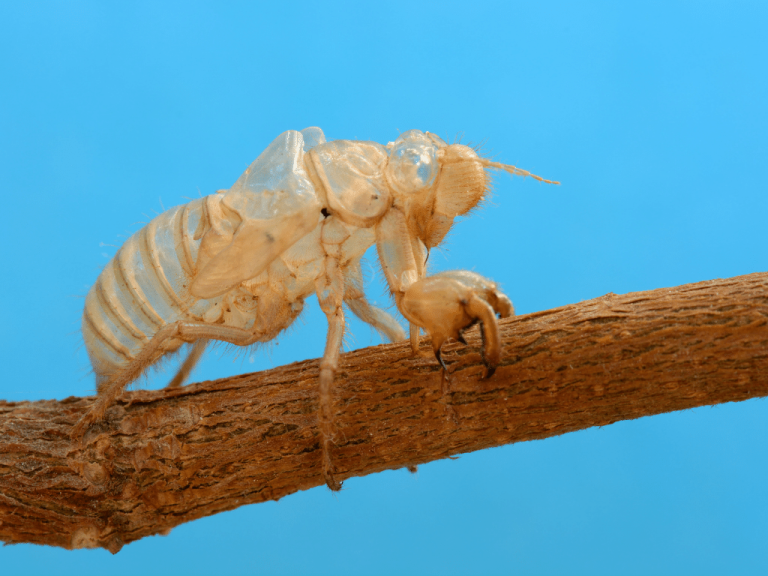The hard exoskeleton of insects ensures that they are better adapted to various natural conditions. However, because the exoskeleton lacks elasticity, once formed, it restricts further growth of the insect’s body. It can only expand in the wrinkled and flexible membrane areas, and the extent of this expansion is very small. In the head, there is no room for even slight expansion. Therefore, insects need to periodically shed this ill-fitting “outer garment” before reaching full growth, allowing their bodies to expand fully.
Each time insect larvae molt, their bodies not only grow larger and their internal organs further develop, but their external appearance also changes. Thus, the growth and morphological changes of larvae exhibit a certain regularity due to molting.
The number of times insects molt varies by species, ranging from two or three times to six times, with four or five times being typical. For example, the cabbage white butterfly, which damages vegetables, molts four times.
How do insects molt? Many scientists believe that when insects reach a certain stage of growth, they are influenced by a molting hormone secreted by endocrine organs. This hormone separates the old exoskeleton from the epidermal cells, gradually forming a thin new exoskeleton. Finally, the insect contracts its abdominal muscles to increase the blood pressure in the thorax, causing the back to arch upwards. This results in the old exoskeleton splitting along a particularly weak spot on the dorsal side of the head and thorax. Aquatic insects, by absorbing air or water to swell their bodies, also cause their old exoskeletons to split at particularly weak points, then use wriggling motions to emerge from the old exoskeleton, displaying various colors.
The molting process of insects can be seen in the example of a cicada’s molting. The cicada’s old exoskeleton splits open along a “T”-shaped area on its back, and the insect slowly wriggles out from the old exoskeleton, head first. The cicada shells we find on tree trunks in parks or see in traditional Chinese medicine shops are the shed exoskeletons of cicadas.

